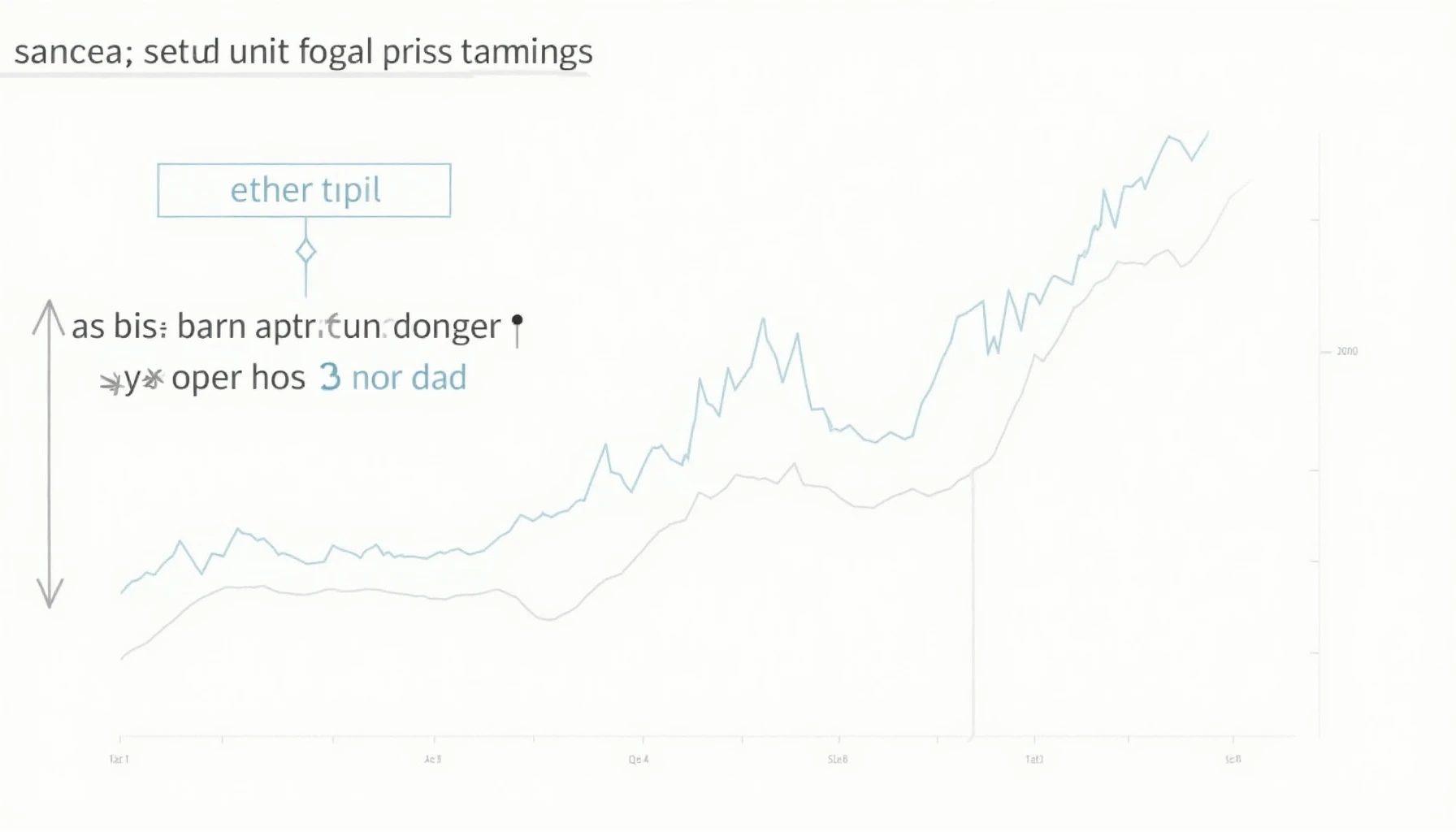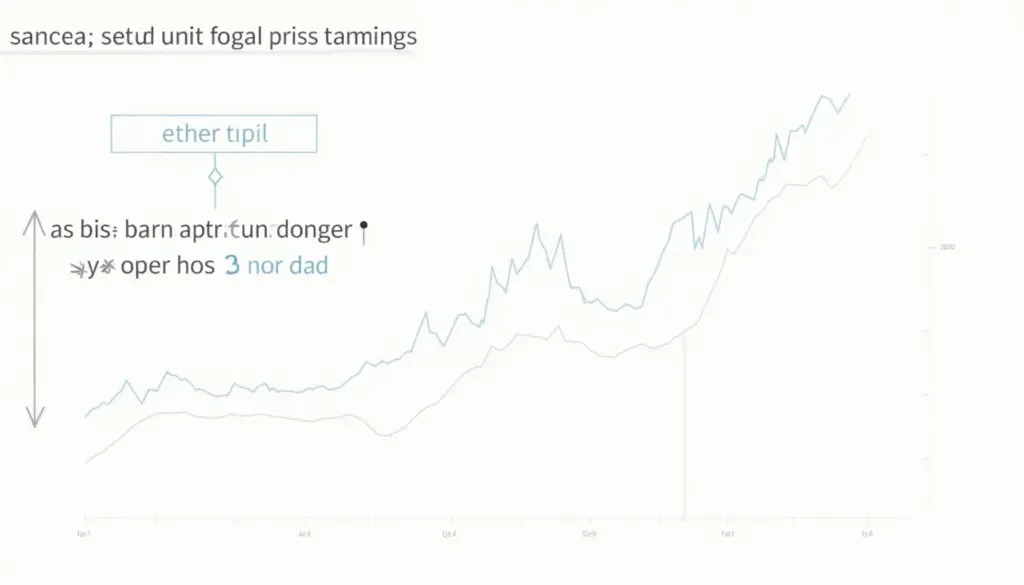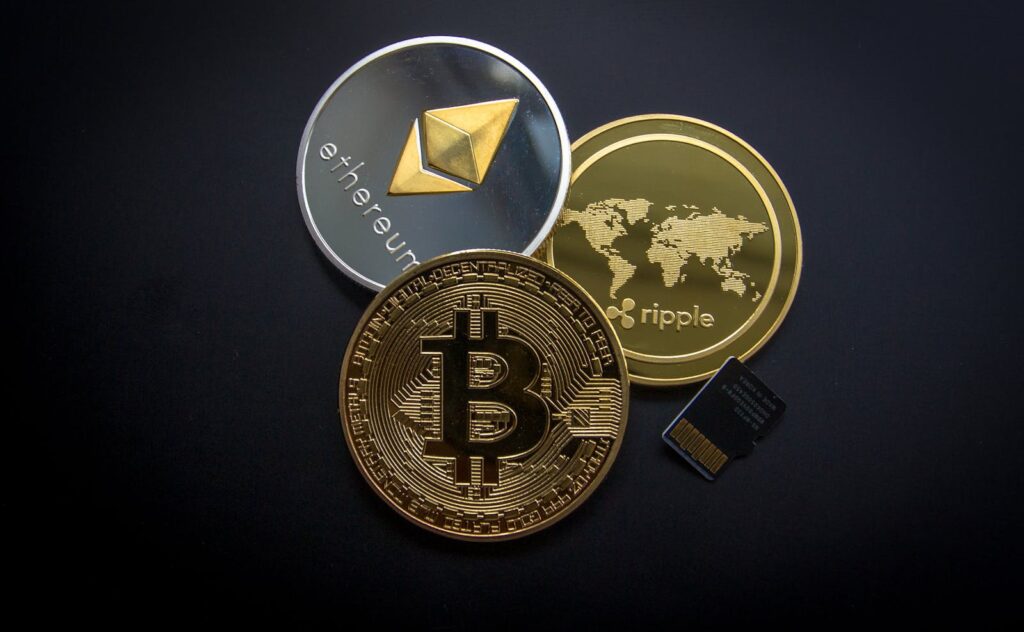Understanding Ethereum Gas Fees
Did you know that Ethereum’s gas fees can fluctuate based on network demand? In fact, during peak times, gas fees can skyrocket, deterring users from making transactions. This is crucial for anyone engaging in cryptocurrency trading. In this article, we will explore various Ethereum gas fee optimization techniques to ensure you get the most value out of your transactions.
Why Gas Fees Matter in Your Crypto Transactions
Gas fees are integral to the Ethereum network, acting as a transaction fee for miners to validate and process transactions. For example, during high network congestion, Ethereum gas fees can exceed $100, significantly impacting digital currency transactions. Knowing how to manage these fees effectively can make a substantial difference to your bottom line.
1. Timing Your Transactions
One of the easiest ways to save on gas fees is to time your transactions. Peak times often correlate with higher fees, while off-peak times offer significant savings. Utilizing tools like Etherscan’s Gas Tracker can help you identify the ideal moment to execute your trades.

2. Batch Transactions
Another effective technique is batching multiple transactions into one. This method works like shopping in bulk; just as buying several items at once can save on shipping, batching transactions can lower the average gas fee per transaction. For example, instead of sending multiple small payments, consider aggregating them into a single transaction.
3. Use Layer 2 Solutions
Layer 2 solutions like Polygon and Optimism can aid in minimizing gas fees. These solutions create secondary layers atop the Ethereum blockchain, allowing for faster and cheaper transactions. You may find that a transaction costing $50 on Ethereum might only cost $2 on a Layer 2 network.
4. Choose the Right Wallet and DApp
Your choice of wallet and decentralized apps (DApps) can dictate gas fee costs. Some wallets provide built-in optimizers that help in estimating and suggesting better transaction fees. For instance, wallets like MetaMask usually give recommendations on gas fees based on real-time market data.
Stay Informed About Network Upgrades
Ethereum is undergoing various upgrades aimed at improving efficiency and reducing gas fees, such as the transition to Ethereum 2.0. Staying updated on these changes could provide opportunities to save significantly in the long term. According to recent updates, the transition is expected to bring down fees by up to 50% once fully implemented.
Conclusion
In conclusion, managing your Ethereum gas fees doesn’t have to be a daunting task. By timing your transactions, batching them, utilizing Layer 2 solutions, and using the right wallets and DApps, you can optimize your experience. Don’t let high gas fees deter you from engaging with Ethereum. Start applying these techniques today and maximize the effectiveness of your trades!
For more insights and information on cryptocurrency trading, check out our related articles on cryptocurrency safety tips and top alternative coins for 2025.


